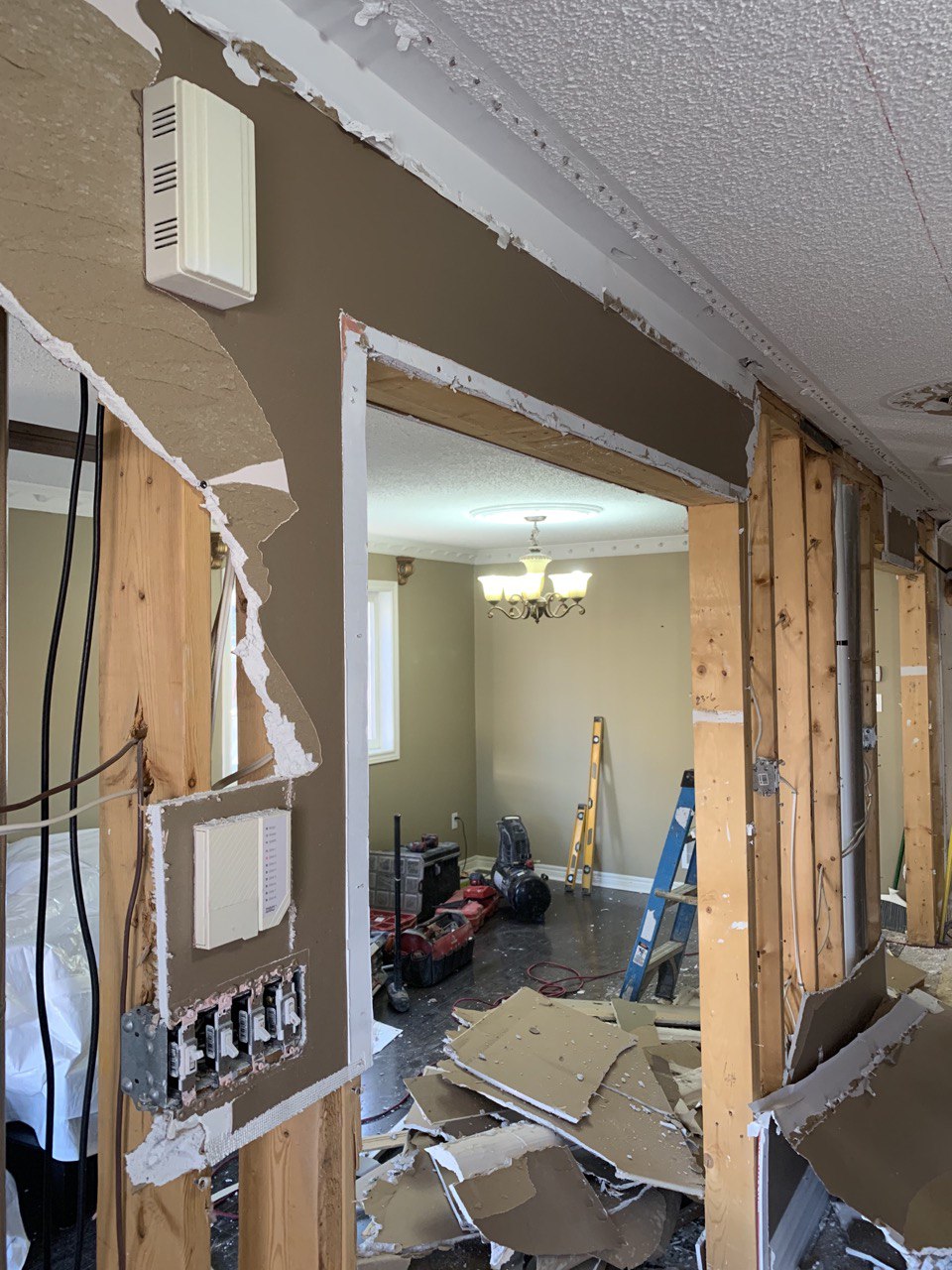Critical Points About Load-bearing Wall Removal
Introduction to Load-Bearing Wall Removal: Navigating the Complexities Safely
Embarking on a home renovation project like load-bearing wall removal can be both exciting and daunting. This key home improvement task, when executed correctly, has the potential to dramatically transform your living space, creating a more open, airy, and inviting environment. However, it’s crucial to approach load-bearing wall removal with a well-informed mindset, understanding the intricate balance between aesthetics, structural integrity, and safety. This article delves into the essential aspects of load-bearing wall removal, offering expert tips to navigate the complexities of this process. From the importance of professional consultation to the intricacies of structural support and legal permits, we cover everything you need to know to ensure your project is not only successful but also safe and compliant with all necessary regulations.
1. Skipping Professional Consultation
The Risk of Going Solo: Many homeowners are tempted to dive into load-bearing wall removal without professional guidance. This oversight can lead to structural miscalculations, safety hazards, and costly mistakes. A structural engineer can provide a detailed assessment of your home’s architecture, ensuring that the removal process doesn’t compromise the building’s integrity.
2. Ignoring Load-Bearing Identification
Identifying the Keystone: Not all walls are created equal. Some are crucial for the structural stability of your home. Misidentifying a load-bearing wall can result in severe damage and even collapse. It’s essential to accurately determine which walls bear the weight of your home. This process often involves analyzing building plans and understanding how weight is distributed throughout the structure.
3. Overlooking Legal Permits
Navigating the Red Tape: Load-bearing wall removal isn’t just a physical task; it’s a legal one too. Many regions require permits for such structural changes. Failing to acquire the necessary permits can lead to legal complications and fines. It’s crucial to check with your local building authority and adhere to all regulations before proceeding.
4. Neglecting Structural Support
Maintaining the Balance: The removal of a load-bearing wall must be counterbalanced by installing alternative support systems, such as beams or columns. Neglecting this step can lead to sagging floors, cracked walls, and, in extreme cases, building collapse. Temporary supports are also essential during the removal process to prevent accidental damage.
5. Overlooking Electrical Wiring and Plumbing
The Hidden Elements: Electrical wiring, plumbing, and HVAC systems might be hidden within. Accidentally cutting into these can lead to dangerous situations and expensive repairs. A thorough inspection is necessary to identify and reroute any utilities before wall removal.
6. Inadequate Planning
Blueprint for Success: A successful load-bearing wall removal requires meticulous planning. This includes understanding the scope of work, preparing the necessary tools and materials, and having a clear timeline. Inadequate planning can lead to project delays, increased costs, and safety risks. It’s essential to map out each step of the process and prepare for potential challenges.
7. DIY Without Adequate Skills
Knowing Your Limits: While DIY projects can be rewarding, load-bearing wall removal is not typically a beginner-friendly task. It requires a specific skill set, knowledge of building codes, and an understanding of structural engineering principles. Overestimating your DIY abilities can lead to disastrous results. It’s often safer and more cost-effective in the long run to hire professionals.
Conclusion
Load-bearing wall removal is a complex process that, when done correctly, can significantly enhance your living space. By avoiding these common pitfalls and seeking professional guidance, you can ensure a safe and successful renovation. Remember, this is not just about transforming a space; it’s about doing it safely and smartly.
FAQs
- Why is professional consultation important for load-bearing wall removal?
- Professionals provide essential expertise in structural integrity and safety, ensuring the project is done correctly and safely.
- How do I know if a wall is load-bearing?
- Accurate identification usually involves consulting building plans and possibly hiring a structural engineer for an assessment.
- What happens if I don’t get the necessary permits?
- Skipping permits can lead to legal issues, fines, and complications in future property transactions.
- What should I do about electrical wiring and plumbing in the wall?
- Conduct a thorough inspection and reroute any utilities before proceeding with wall removal.
- Can I remove a load-bearing wall as a DIY project?
- Unless you have significant experience in construction and structural engineering, it’s safer and more efficient to hire professionals.

